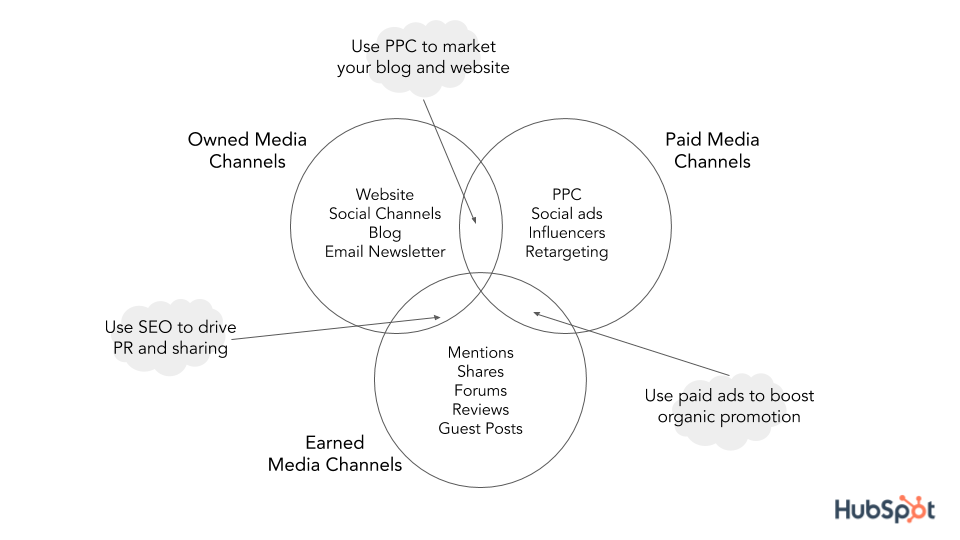As the digital landscape changes, inbound marketing methods have become the most effective way to attract customers to your business. Traditional outbound marketing using interruption tactics has become inefficient. Today, consumers have access to information at their fingertips, making it impossible for marketers to capture qualified leads without offering high quality content. Offering content that provides value will attract consumers that show active interest in what your company offers and are more likely to convert into customers.
There is so much material online that it is hard to create content that stands out to consumers. Are you struggling to attract inbound leads? Follow these tips on creating and distributing content to attract buyers to your business.
What is Content Marketing? Why is it important?
First, let’s discuss the basics of content marketing and creating a content marketing plan. Content marketing is an aspect of inbound marketing that promotes the planning and creation of relevant content to distribute on multiple channels. This content can include blogs, social posts, videos, ebooks, and much more. The goal is to use quality content that aligns with your target audience to attract qualified leads to your marketing channels.
A good content marketing plan will:- Increase brand loyalty through building relationships with your buyers and creating a community around your brand.
- Showcase industry expertise through informational content and build credibility with your audience.
- Use data and analytics to boost conversions
What Goes into a Content Marketing Plan
When creating a content marketing plan:- Set goals and objectives for what you want to achieve. Do you want to increase visitors to your website, increase social media followers, generate more leads, or all of the above?
- Choose distribution channels to post your content. Choosing your marketing channels allows you to set a budget and allocate funds to each pipeline.
- Determine what types of content to create. Make sure you keep your distribution channels in mind when deciding this.
- Build a content calendar to track when and where to distribute content.
- Create and post your content!
Always measure the performance of your content and progress towards your goals. Make changes to your plan based on what you find in your analysis. Performance analysis is crucial in optimizing your execution and discovering improvements for your next campaign.
Account-based marketing lets you choose the specific prospects you want to target. You can identify businesses within the specific industry you want to sell to, or a geographic region where you have people and equipment. Or maybe a particular environment where one of your new products is designed to operate. Combining content distribution to enhance impact and reach.

Source: HubSpot’s Ultimate Guide to Content Distribution.
Now, let’s discuss four ways to refine your content strategy.
Tips for a Good Content Marketing Strategy
Tip 1: Set SMART Goals and Determine KPIs to Track Performance
Many businesses fall short on this step when creating a content marketing plan. When setting goals, follow the SMART goal framework. This framework allows you to establish Specific, Measurable, Attainable, Relevant, and Timely goals. Utilizing SMART goals will help you track and attain your content marketing objectives.
- Brand awareness: Unique page views by channel and source
- Influencing consideration: Bounce rate and average time on page
- Top performing content: Top page views and top exits
- Impact: Click-throughs, conversions, and backlinks
- Sentiment: Comments and social shares
Tip 2: Know Your Target Audience
The content you create is your tool to attract consumers to your business. The more relevant your content is, the more likely it will resonate with your target audience. Many companies set up buyer personas to better understand their customers. A buyer persona is a semi-fictional representation of your ideal audience. Companies tend to have multiple buyer personas for each product line or service offering. Well-developed personas allow for deep insight into your buyers' behavior, needs, and concerns. Keeping your personas in mind when creating your content will help you develop content that resonates with your audience, boosting engagement and brand loyalty.
- B2B vs. B2C
- Demographics
- Goals
- Challenges
- Background
- Personality
- What marketing channels they use
Tip 3: Repurpose Older Content
To get the most value from your content, refurbish and repurpose it for multiple platforms. Repurposing content saves you time and broadens your reach. There are plenty of ways to reuse content: turn a blog into an email newsletter, video, infographic, ebook, social series, or sales materials like brochures, two pagers, and case studies. You can also update old blogs to repost. On social media, post snippets of existing videos and blog posts. For existing video content, you can turn it into a downloadable transcript, a blog, or post quotes on social media.
Tip 4: Boost Well-Performing Social Content Using Ads
Social media algorithms suppress business accounts’ reach in B2B and B2C settings. If a post performs well organically, it has a better chance of reaching a wider audience if it’s pushed out through social media ads. Using well-performing content for advertising will ensure that you spend your ad money wisely. A great way to do this is to use re-marketing tactics like Facebook’s Lookalike audience feature. This feature allows you to target an ad to a new audience with similar characteristics to the audience you have already reached.
Now that you know the dos and don’ts of content marketing, it's time to create content! Need help developing a content plan? Talk to us today!
Reach Out to Highway 9 Today
Here at Highway 9, we can consult you on ways to improve your website and pillar pages. From start to finish, our coaching will help with your ROI, efficiency, and productivity.
Contact us today to get started!


